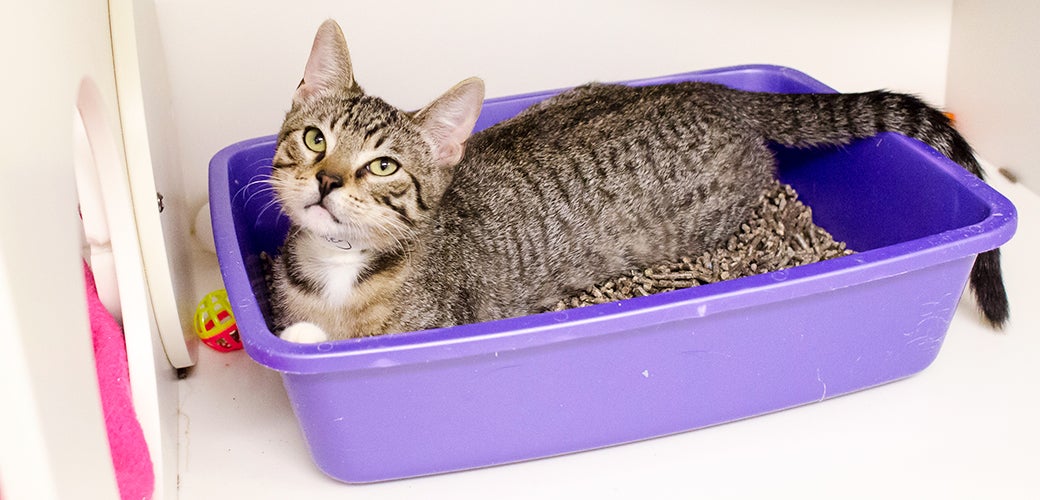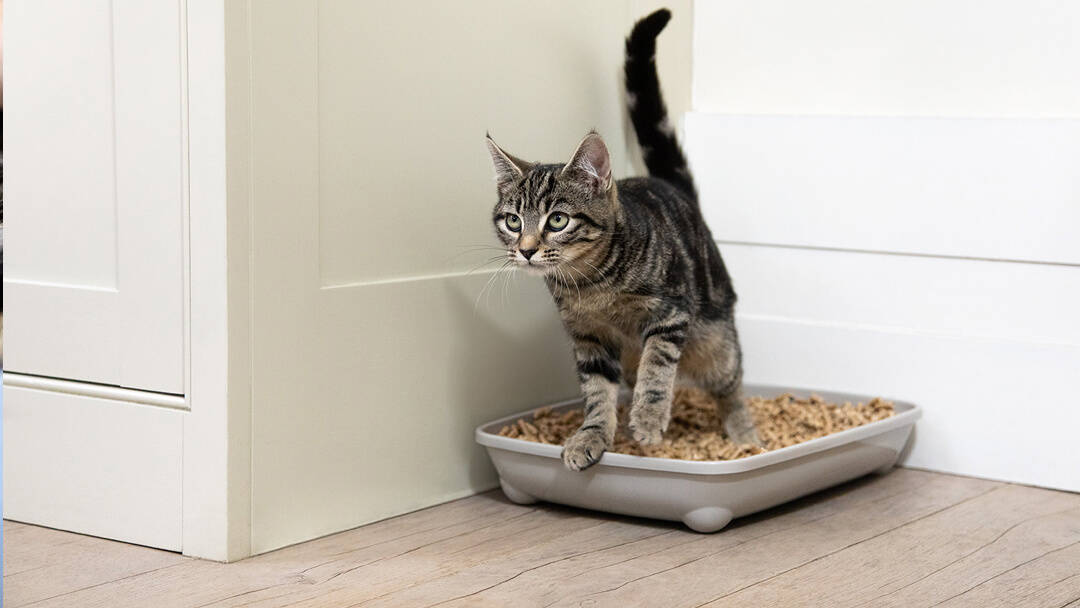tl;dr: It is possible to litter train an older cat
Litter training an older cat may seem like a daunting task, but with patience and the right approach, it is definitely possible. In this article, we will guide you through the process of how to litter train an older cat, from assessing the situation to addressing any behavioral issues that may arise. By following these steps, you can help your older cat develop good litter box habits and ensure a clean and stress-free environment for both you and your feline companion.
Assessing the situation

Understanding the reasons behind the cat’s litter box aversion
Before you begin the litter training process, it’s important to understand why your older cat may be avoiding the litter box. There could be several reasons for this behavior, such as a previous negative experience, a change in the environment, or a medical issue. By identifying the underlying cause, you can tailor your approach accordingly.
Identifying any medical issues
If your older cat suddenly starts avoiding the litter box, it’s crucial to rule out any potential medical issues. Cats may develop urinary tract infections, bladder stones, or other conditions that can cause discomfort or pain while urinating. Consult with your veterinarian to ensure your cat’s health is in check before proceeding with the litter training process.
Creating the right environment

Choosing the right litter box
When it comes to litter boxes for older cats, size and accessibility are key. Opt for a litter box that is large enough for your cat to comfortably move around in. Additionally, consider using a litter box with low sides or even a litter box with an entrance cut out to make it easier for your older cat to enter and exit.
Placing the litter box in a quiet and accessible location
Find a quiet and easily accessible location for the litter box. Cats prefer privacy when using the litter box, so avoid placing it in high-traffic areas or near loud appliances. Ensure that the litter box is on the same floor as your cat spends most of its time to minimize the need for climbing stairs.
Providing multiple litter boxes
If you have a larger home or multiple floors, it’s a good idea to provide multiple litter boxes. This ensures that your older cat always has easy access to a litter box, no matter where they are in the house. Place the litter boxes in different areas to give your cat options and prevent accidents.
Introducing the cat to the litter box

Gradual introduction and positive reinforcement
Introduce your older cat to the litter box gradually. Start by placing the litter box in a confined area, such as a bathroom, and gradually expand their access to the rest of the house as they become comfortable using it. Whenever your cat uses the litter box, praise and reward them with treats or affection to reinforce the positive behavior.
Using pheromone sprays or diffusers
Pheromone sprays or diffusers can help create a calming environment for your older cat and reduce any anxiety or stress they may be experiencing. These products mimic the natural pheromones that cats release when they feel safe and secure, helping to encourage litter box usage.
Addressing any behavioral issues

Dealing with stress or anxiety
Stress or anxiety can contribute to litter box aversion in older cats. Identify any potential sources of stress in your cat’s environment, such as changes in routine, new pets, or loud noises. Minimize these stressors as much as possible and provide your cat with a safe and secure space where they can retreat to when they feel overwhelmed.
Implementing a consistent routine
Establishing a consistent routine is crucial for older cats. Feed your cat at the same time each day and ensure they have regular play and exercise sessions. Cats thrive on routine, and a predictable schedule can help reduce anxiety and encourage regular litter box usage.
Seeking professional help if needed

If you’ve tried various strategies and your older cat is still struggling with litter box training, it may be beneficial to seek professional help. A veterinarian or animal behaviorist can provide expert guidance and develop a customized plan to address your cat’s specific needs.
Conclusion

Litter training an older cat requires patience, understanding, and a tailored approach. By assessing the situation, creating the right environment, introducing the cat to the litter box gradually, addressing any behavioral issues, and seeking professional help if needed, you can successfully litter train your older cat.
Remember to be consistent, provide positive reinforcement, and prioritize your cat’s comfort and well-being throughout the process. With time and effort, your older cat can develop good litter box habits and enjoy a clean and stress-free environment.
FAQ on How To Litter Train An Older Cat
-
How do I get my old cat to use a new litter box?
To get your old cat to use a new litter box, you can try placing the new litter box in a familiar and quiet location. Gradually transition your cat to the new litter box by placing some of their old litter in the new box and gradually reducing the amount of old litter over time. Additionally, make sure the litter box is easily accessible and clean it regularly to encourage your cat to use it.
-
Can older cats be toilet trained?
While it is possible to toilet train older cats, it can be more challenging compared to training kittens. Older cats may have established litter box habits and may be resistant to change. If you want to toilet train your older cat, you can try using a specialized cat toilet training kit that gradually transitions them from a litter box to a toilet. However, it’s important to note that not all cats may be successful in toilet training, and it requires patience and consistency.
-
How do you litter train a difficult cat?
Litter training a difficult cat may require some extra effort and patience. Start by providing multiple litter boxes in different locations to increase the chances of your cat finding and using them. Use a litter that your cat prefers and keep the litter boxes clean. If your cat eliminates outside the litter box, clean the area thoroughly and consider using deterrents like aluminum foil or citrus scents to discourage them from returning to that spot. If the issue persists, consult with a veterinarian to rule out any underlying medical conditions.
-
How long should it take to litter train a cat?
The time it takes to litter train a cat can vary depending on the individual cat and their previous experiences. Some cats may quickly adapt to using a litter box within a few days, while others may take several weeks. It’s important to be patient and consistent with the litter training process. If you’re having difficulties, consult with a veterinarian or a professional cat behaviorist for guidance and additional tips.
Originally posted 2023-08-14 07:10:27.

